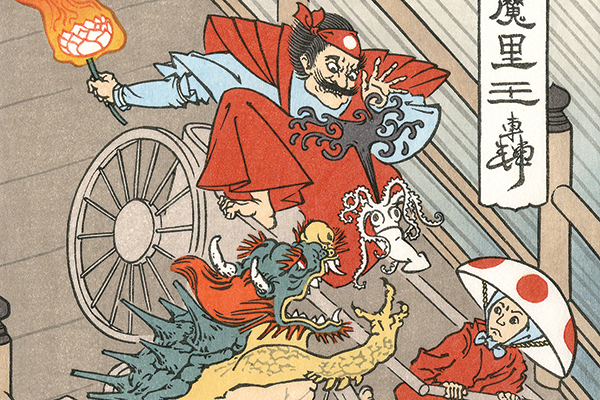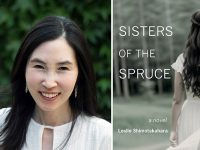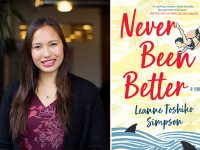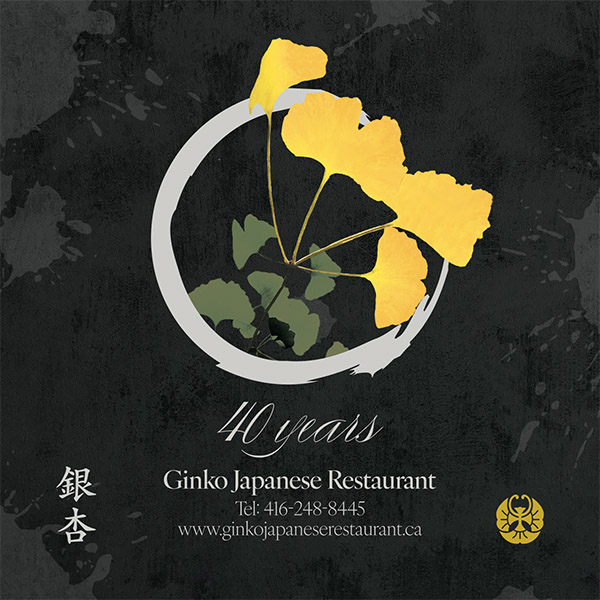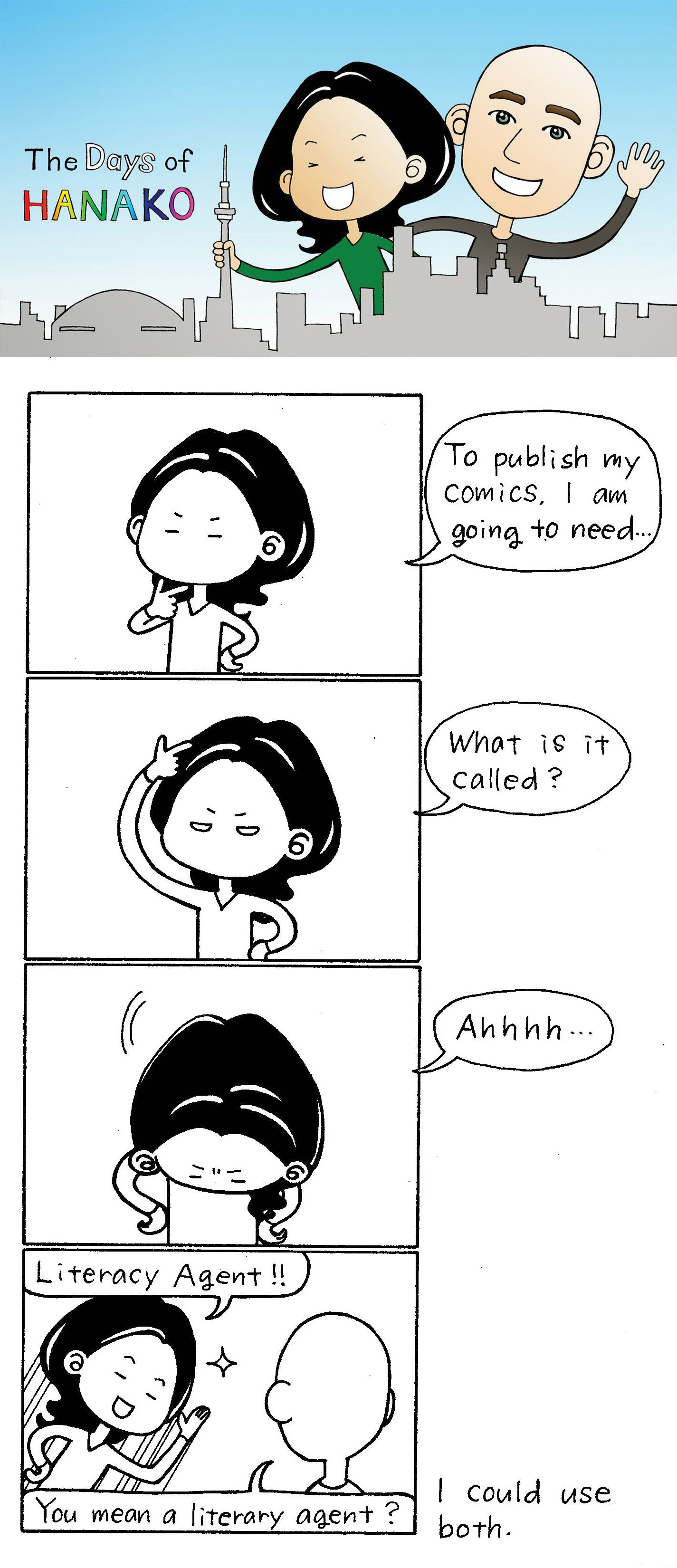Experience Japanese pop stars, ramen and making traditional woodblock prints in Toronto, through Japanese documentaries featured at the 2017 Hot Docs Film Festival. Photo credit: Ukiyo-e Heroes/Hot Docs
TORONTO — Covering topics as far ranging as aspiring pop stars to traditional woodblock prints, this year’s 2017 HotDocs Canadian International Documentary Film Festival in Toronto featured a diverse spectrum of Japanese subjects.
Here is a look at a few of those films:

Aspiring popstar Rio Hirraji performing for her fans in award-winning filmmaker Kyoko Miyake’s new documentary, ‘Tokyo Idols.’ Photo courtesy: Tokyo Idols/Hot Docs
‘Tokyo Idols’, Kyoko Miyake
In her latest documentary film, Tokyo Idols, Peabody award-winning filmmaker and director Kyoko Miyake examines the Japanese phenomenon of ‘Idols’—Japanese teenaged girls hoping to become famous—and their ‘Otaku’ followers—middle-aged men who have an obsessive-like dedication to these girls.
The film premiered at the World Cinema Documentary Competition at the 2017 Sundance Film Festival and screened at this year’s HotDocs Festival.
According to the film, Japan has become a country where women are becoming more independent. Many women have jobs outside the home, and take on more than the traditional role of housewife. As a result, men’s identity as the sole breadwinner has increasingly diminished.
Without this role, some men feel increasingly insecure, and (labelled as “Otaku”) have turned to following these teenaged girls who represent an idealized nostalgic sense of innocence and provide a type of substitute, non-threatening relationship.
The director equally explores what motivates the girl Idols as well as their fans. Throughout the film, we track Rio, a 19-year-old aspiring pop singer, as her fans, led by her dedicated 43-year-old ‘superfan,’ Koji, follow her around the country. Her fans co-ordinate their dance moves at every concert (they rehearse together before performances), and also participate in her music videos.
Miyake’s original intention was to follow two or three girls, but then she quickly realized the Idol/Otaku phenomenon is just as much about the fans as it was about the girls.
She classifies the relationship between these men and the girls as a co-dependency.
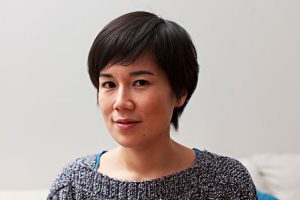
Director Kyoko Miyake spoke to Nikkei Voice about her film, ‘Tokyo Idols’. Photo courtesy: Tokyo Idols/Hot Docs
In an interview with Nikkei Voice, she said, “The Otaku need to feel special, and the girls do this by remembering their names, what they said at the last ‘hand-shake’ [a supervised “meet-and-greet” after performances]. And the Idol girls need to feel special: she’s only popular because of their support; they shout her name and vote for her in on-line contests.”
Initially, Miyake said she was hesitant to talk to these men because she thought they wouldn’t be able to talk to a woman of their own age, and she thought she might find them “a little creepy.”
Filming forced her to talk and engage with them, and to confront her own prejudice and preconceived ideas.
She said, “I do understand, even though I don’t condone what they do. I have a better understanding of why they do it: it comes from a deep sense of disillusionment, disenfranchisement; they find something in these girls, who say they’re great and never challenge them. It restores their lost sense of masculinity.”
Miyake balances the dance numbers and interviews with commentary from social and cultural analysts, creating a broader sociological and economic picture. Like many of her other films, Tokyo Idols doesn’t judge, but explores the grey zones.
She said, “I’m not interested in the black and white, clear-cut story, telling the audience what’s wrong or inspiring them to action; these films exist and I applaud them, but these are not the films I want to make. I’m interested in the ambiguity.”
This year’s HotDocs Festival “Made In” series featured six films from Japan. Each year the festival choses one country to feature exclusively in its “Made In” series. Past countries have included Australia, India and Denmark.
Here is a look at a few of the Japanese documentaries featured in this year’s line-up.

David Bull carving intricate images to create traditional ukiyo-e prints of iconic video game characters in the documenary, ‘Ukiyo-e heroes’ by Toru Tokikawa. Photo courtesy: Ukiyo-e Heroes/Hot Docs
‘Ukiyo-e Heroes’, Toru Tokikawa
Can video games revive a 400 year-old traditional art form? That’s the question at the centre of Toru Tokikawa’s new documentary Ukiyo-e Heroes, the fascinating look at two westerners who attempt to bring back the pop-culture relevance of ukiyo-e.
Ukiyo-e (the Japanese art of woodblock printmaking) was once one of the most widely consumed art forms in Japan.
Jed Henry, an American illustrator, and David Bull, a Canadian craftsman, embark on a trans-Pacific adventure to create a modern print series that features the heroes of classic video games, such as Kirby, Teenage Mutant Ninja Turtles, and Mario, all drawn in the medieval ukiyo-e style.
Following a mega-successful Kickstarter campaign, Jed and Dave set out to bring the Ukiyo-e Heroes series to fans at Comic-Cons across the United States and at Dave’s expanding workshop in Tokyo.
The documentary follows the creation of their latest design from Jed’s home-office in Indiana, where he first digitally creates the image and then traces it with Japanese brushes by hand, to David’s workshop in Tokyo, where he carefully carves Jeb’s designs into woodblocks, paints the stamps, and then layers the colours onto handmade paper.
Tokikawa’s camera powerfully captures the painstaking labour and dedication that goes into the making of a single woodblock print.
The film is most effective when David is on-screen or in voiceover; here is one of those rare people whose singular passion for his work will attract and captivate you regardless of the subject matter.
The same can be said of the many craftsmen, blacksmiths, brush, and papermakers—all masters of their craft—who are introduced in the film.
Above all, Ukiyo-e Heroes is less about ukiyo-e or video games than it is about the men and women who strive for perfection in a craft, old or new.
‘Ramen Heads’, Koki Shigeno
Director Koki Shigeno takes us into the kitchens of famous ramen chefs around Japan and shows the lifetime dedication required to perfect the broth and noodles of this traditional dish.
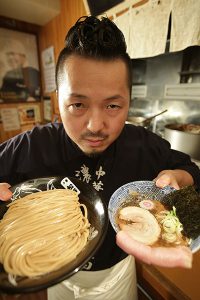
King of ramen, Osamu Tomita, takes viewers deep into his obsessive approach to make the perfect bowl of ramen in ‘Ramen Heads’ by Koki Shigeno. Photo courtesy: Ramen Heads/Hot Docs
We witness a typical day-in-the-life of the current ramen king Osamu Tomita and even follow him on his day off as he visits other ramen makers in their small cramped stalls or shops, plying their art at 800 yen a bowl.
Visually rich with close-ups of steaming bowls of noodles, the film gives a brief history of ramen and explains the many different varieties of broths and recipes.
Chef Tomita takes a deep, heavy approach to his broth, using everything from a pig’s head to four different types of dried fish—“to elevate the flavour” and “add a slight accent to the broth”—creating a rich, thick mixture that stews over a couple of days, while another chef prefers a lighter, sweeter taste (he uses only the bones of red snapper, explaining “where others add, we subtract”).
Although ramen is a traditional dish, these chefs are in the constant pursuit of ever-improving their recipes and see it as an expression of their “artisan ideals.”
If you are a ‘ramen head’ or just mildly curious about these noodles and their broth, this entertaining, educational look at ramen and the chefs who dedicate their lives to the art and science of making it will make you want to find the closest ramen shop and slurp up one of Japan’s most popular dishes.
Other films featured in the “Made in Japan” category were About My Liberty (Dir: Takashi Nishihara); Raise Your Arms and Twist, Documentary of NMB4B (Dir: Atsushi Funahashi); A Room of Her Own: Rei Naito and Light (Dir: Yuko Nakamura); and Ryuichi Hirokawa: Human Battlefield (Dir: Saburo Hasegawa).
***







 21 Jun 2017
21 Jun 2017
 Posted by Karri Yano
Posted by Karri Yano 